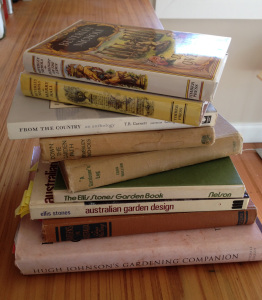
The builders have left the site and you are left contemplating a desert. Or, the estate agent has put up the sold sign and you have your dream home — well, it will be when renovations are done. But the garden! It’s more the stuff of nightmare.
This daunting prospect faced me many years ago — more years ago than I care to remember, actually. It was the late 1960s and the backyard of the little terrace house we had just committed our meagre finances to seemingly forever was just that: a backyard, an ugly bleak space that you could never have called a garden.
I was young and new to gardening, an occupation of ancients in my eyes, and I floundered around, not knowing where to begin with this gardening business, but, as luck would have it, I found some superb garden writers, all of whom had a thousand wonderful things to say about gardens, and especially where to begin. Perhaps they will be helpful for you too.
You could start by taking a tip from that great Australian garden designer, Edna Walling, who wrote of another gardener that she did not want to grow flowers, just scenery. Think of your garden as a series of beautiful scenes, Walling wrote. They will not happen overnight; they may take years to evolve but evolve they will.
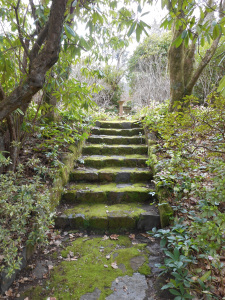

Another great Australian designer, Ellis Stones, wrote that he chose to put back some of the natural elements that have been lost in town-planning and subdividing, but that he always made sure that the garden would suit the way its owners liked to live, for that is what gardens are all about. We should carefully consider how we use our gardens, outdoor living being one of the great pleasures and privileges of the Australian way of life; something that comes naturally to us, something we are learning all the time to make better use of.
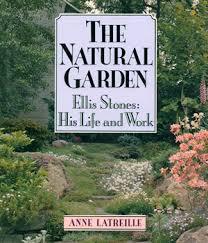
T. R. Garnett, the maker of the lovely Garden of St Erth, near Trentham, in north-east Victoria, in A Gardener’s Potpourri, urged beginners not to be frightened; to have a go at everything — sowing seeds, taking cuttings, even grafting. Read gardening articles and books, but don’t take them too seriously; the best time to look at advice is after you have achieved success or failure, hoping that they will explain either. He stressed careful consideration of what you hope to obtain from your garden and what you are prepared to put into it, and that the demands you make on it are likely to change with time and circumstances.
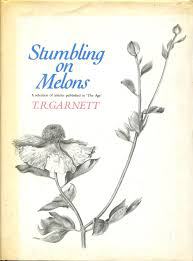
English garden writer, David Hicks, takes the last idea further, believing that it is possible to develop a garden from one that requires a great deal of time, worry and attention to one where, as the years advance, it is refined down to a few central elements that can be maintained in their proper state with a much reduced expenditure of time and effort. He believes too that romantic profusion, which has a great deal to contribute to garden design, can be allowed to go too far. When planning a garden, try to envisage what it will look like if left partially untended; like a good general, you should plan a line of retreat.

Beverley Nichols, another English garden writer, had very definite opinions about most things and gardens in particular. He warned against the straight line in a garden, there being no straight lines in Nature. He also obstinately insisted (his words) that ‘a sheet of water in a garden is not merely a luxury but a necessity, giving a garden a fourth dimension, like a mirror in a room’. Another of his firmly held opinions was that, roses should be confined to walls, because when not flowering, which is for the greater part of the year, rose bushes are ‘an offence to the eye, meticulously pruned and shaped in a style that bears no relation to anything in Nature’.
English garden writer, Hugh Johnson, suggests that it is fundamental to good garden design to provide both a sense of direction and a motive for movement: to lure the visitor from one spot in the garden to another. Thus the gate, the archway, the frame, the transparent screen, the division that does not divide all have an important part to play.
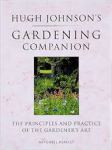

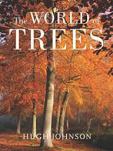


And my advice? Read all these writers if you can: their words are gold and have stood me and many a gardener, old and new, in good stead for something like 50 years of gardening and an equivalent number of years of pleasurable reading.
. . . . .
Share this:






